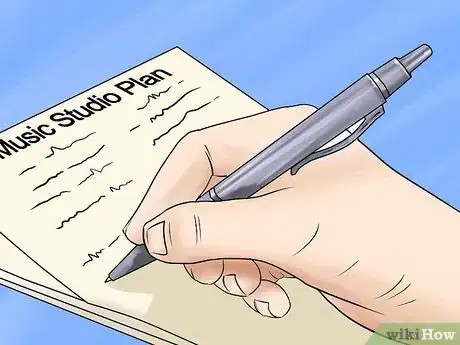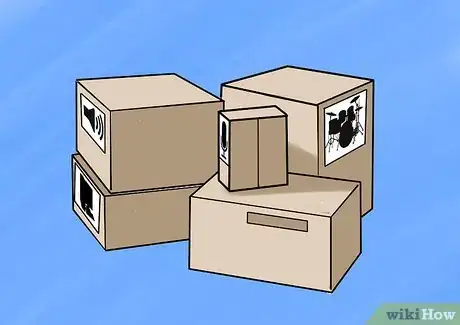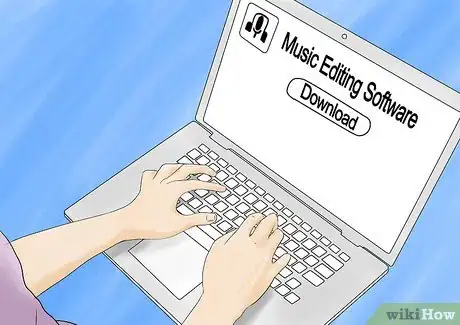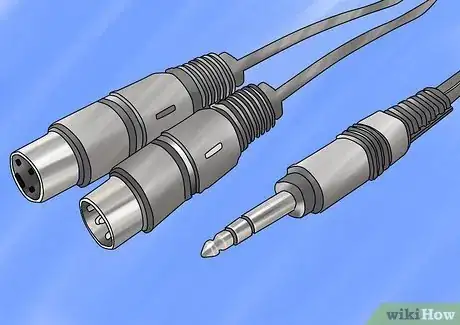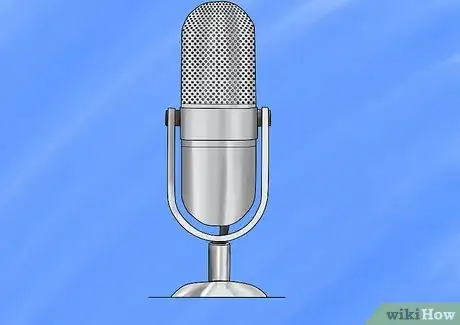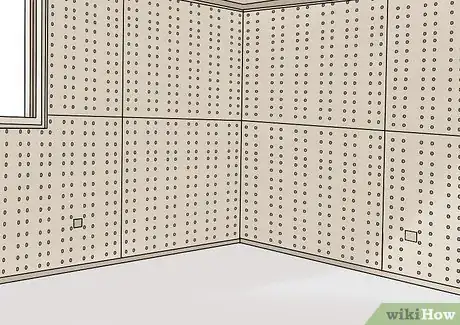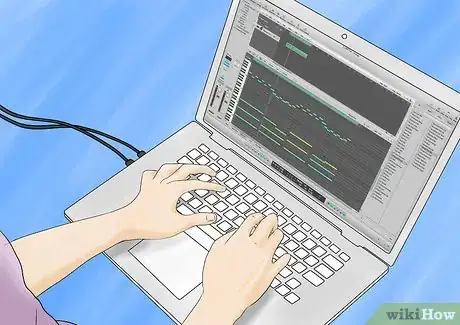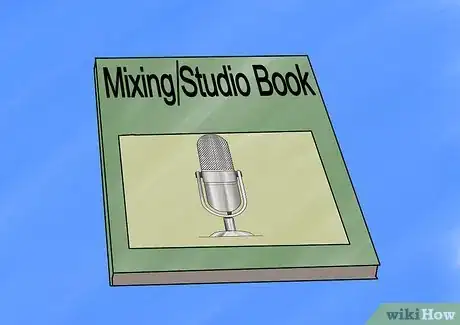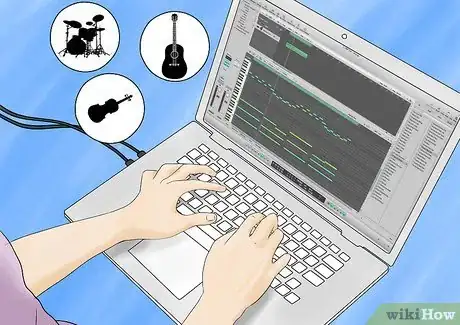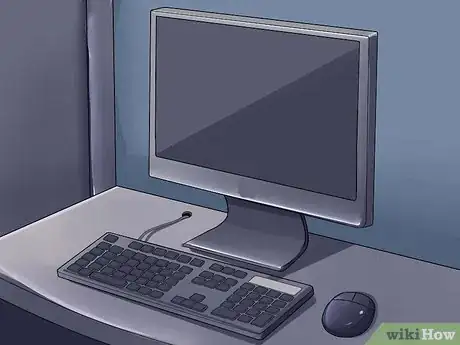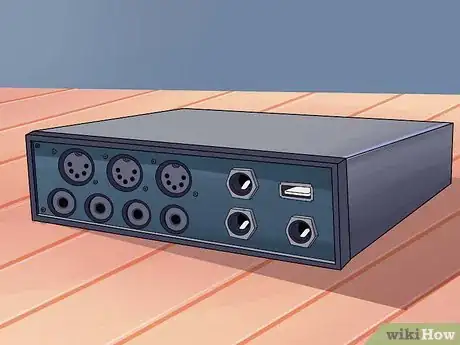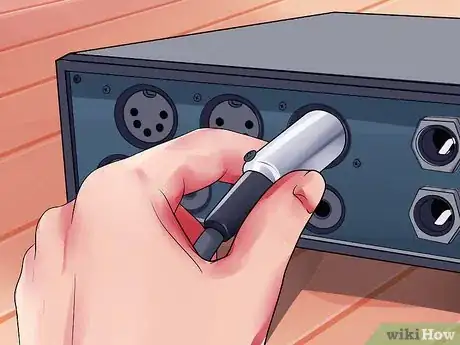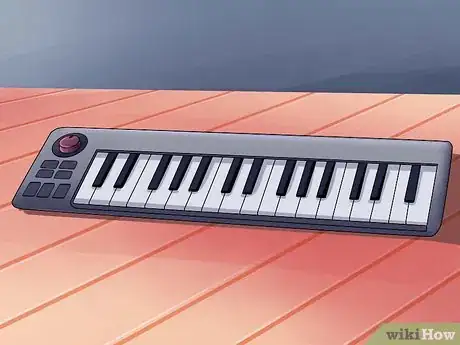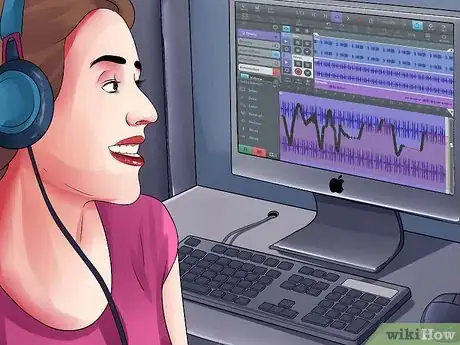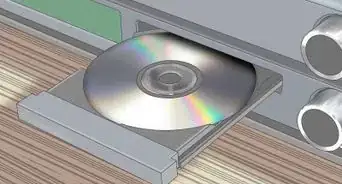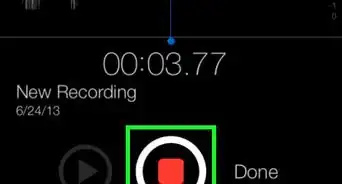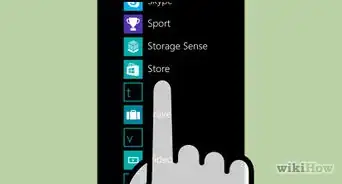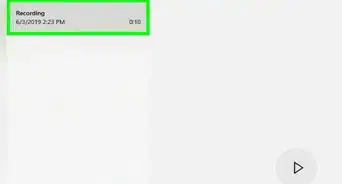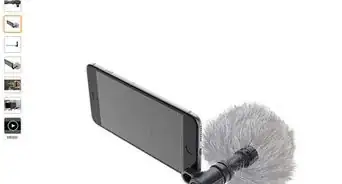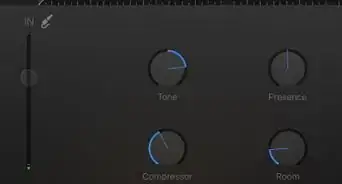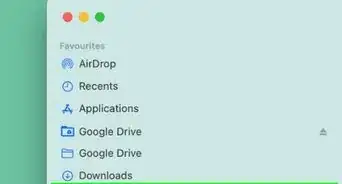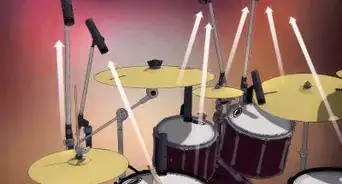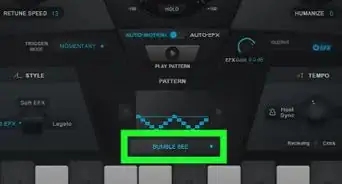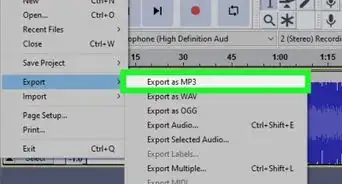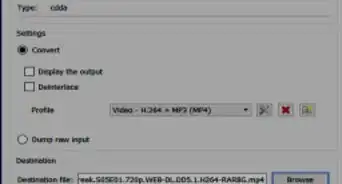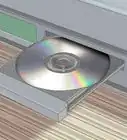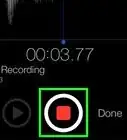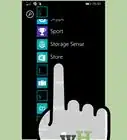This article was co-authored by Timothy Linetsky and by wikiHow staff writer, Hunter Rising. Timothy Linetsky is a DJ, producer, and music educator that has been making music for over 15 years. He is a certified Ableton trainer and creates educational YouTube videos focused on producing electronic music. He has over 90,000 YouTube subscribers.
wikiHow marks an article as reader-approved once it receives enough positive feedback. In this case, 100% of readers who voted found the article helpful, earning it our reader-approved status.
This article has been viewed 680,288 times.
Making and recording music is a fun and rewarding experience. The only prerequisites to this tutorial are having a computer and the willingness to learn. You don't even have to know how to read or play an instrument, most hit producers and film composers don't even know music theory.
Steps
Building a Home Studio
-
1Write a plan of what you want to do. Do you want to build a recording studio? Is it a singing booth? Is it an engineering booth? Is it for computer-based music production? Knowing what you want before you start can help you decide which equipment you will need. Doing extensive research will help at this stage. Try to find a specialist at PC World, or your local Apple shop, take notes and then find more information on the Internet.
-
2Acquire the appropriate equipment. This will include such items as amplifiers, microphones, mixers, electric instruments, cables for connecting it all together. A modern computer built or purchased within the past three years should be sufficient.
- If possible, acquire a working high-quality soundcard, such as an M-Audio Fast Track Pro or Digidesign Mbox 2 Mini. Creative Labs does have a Pro Music line called EMU. A 1212M PCI system is ideal if you were going to go that route.
- Monitor speakers are helpful if you are looking to stick with this for more than a hobby. The M-Audio Studiophile BX8a's, KRK RP-8 Rokit work well, and if you've got money to burn, the Mackie HR824 Studio Monitors.
- If you're into hip-hop, techno, or dance music, a set of turntables will be needed to record your sets or scratches on the fly. You can also use DJ software such as Traktor or Serato and a USB DJ controller to try out your mixes.
- A midi keyboard will be useful if you want to use midi software (which you can use to write bass lines, piano parts, and drum beats). Nothing fancy is needed, but each person will have their own preference. There are many advantages to having a midi keyboard because it will give you the tactile feel of a real instrument, which can greatly aid creativity.
Advertisement -
3Buy or download music-editing software for your PC. Pro Tools, Cubase, Reason, and FL Studio are popular brands for Windows while Logic is popular with Macs. Macs include a built in music-editing program called GarageBand. Garageband is great for beginners but it will be a good idea to upgrade to more advanced music production software such as Logic or Pro Tools to make more professional quality music.
-
4Connect everything up. This is where most of the genius (and perspiration!) comes in. In general, keep it as simple as possible. For best playback quality run from the sound card into a mixer or amplifier and then to your monitor speakers. For best recording quality, run instruments/mics into a mixer(make sure you are getting a perfect signal) then run from the mixer into the sound card.
-
5Learn how to record a sound from an input line and how to arrange pre-recorded sounds. Also learn how to turn an arrangement into a .wav or .mp3 file. (After all, eventually we want to make a CD with all this awesome music!)
-
6Select a room in your house. Sound-proof it if possible. If not, try to use special carpet or insulation that can at least reduce external noise.
-
7Start writing simple tracks. Start off with a drumbeat. Add a bass line or piano or vocal track. Start mixing. Explore! It's all about experimentation. At the beginning, you don't have to write a masterpiece - just focus on having fun!
-
8If you have trouble with any of the above, pick up a Mixing / Studio Book. It will help you understand the underlying concepts needed to keep you going for a lifetime.
- Check out videos on YouTube to learn simple concepts and how to work your equipment.
-
9Once you've learned the basics, start breaking it down. Lay a bunch of tracks together. Experiment with processed effects. Experiment with plugins, loops, new hardware and anything else you can get your hands onto.
Building a Basic Studio for Recording on a Budget
-
1Obtain a suitable computer, preferably a Mac. It must be installed in the room you want to create music.
-
2Get an audio interface, mic and sound output. For a few hundred dollars or pounds, you can pick up the Focusrite Scarlett Studio, with a 2i2 interface, CM25 mic and HP60 headphones.
-
3Plug it in. The Scarlett Studio comes with all the cables included.
-
4Start your Digital Audio Workstation program. PCs are best with Cubase, Macs with GarageBand or Logic Pro X.
-
5Get a MIDI keyboard . Plug it in.
-
6You have a basic studio. Enjoy!
Community Q&A
-
QuestionHow do I use a microphone for recording music?
 Josh1997Community AnswerIf you are talking about the back track and sound, then you should it as you would any other mic, but position it next to the relevant music source (e.g. drum kit, guitar, etc.). A dynamic wired mic is best for this.
Josh1997Community AnswerIf you are talking about the back track and sound, then you should it as you would any other mic, but position it next to the relevant music source (e.g. drum kit, guitar, etc.). A dynamic wired mic is best for this. -
QuestionCan I make music just with my PC, without any instruments? Is there any software that can help me make music on PC?
 Community AnswerYou can use Fl studio or Cubase, but you're going to need headsets to record your voice.
Community AnswerYou can use Fl studio or Cubase, but you're going to need headsets to record your voice. -
QuestionWhat kind of computers can I use to build a recording studio?
 Community AnswerYou can use almost any computer that has a good sound card and a good processor. Apples can be preferable because they have all the following requirements, but you can use other computers that are used for gaming.
Community AnswerYou can use almost any computer that has a good sound card and a good processor. Apples can be preferable because they have all the following requirements, but you can use other computers that are used for gaming.
Warnings
- As with all electrical equipment, exercise caution with live cables, wires, and speakers. Discharge static electricity when necessary.⧼thumbs_response⧽
- Make sure you turn on the monitor speakers after you turn on everything else. This is to avoid the sudden occurrence of transient noise caused by significant variations in the signal path (like turning on the mixer). Such noise is potentially harmful to your speakers as well as your ears.⧼thumbs_response⧽
- Make sure the mixer's main line isn't too hot! You'll blow your freaking eardrums out if you're not careful.⧼thumbs_response⧽
- Make sure you turn off phantom power before you unplug mics. You can ruin the mic and the preamp.⧼thumbs_response⧽
Things You'll Need
- Money
- Computer
- Soundcard or audio interface (USB/firewire)
- Condenser microphone; cheap direct plugin mics won't give you good results
- Speakers (studio monitors)
- Software
- Studio headphones (look for flat responses)
- Cables
- MIDI controller
About This Article
The best way to build a recording studio in your home is to install a computer, audio interface, microphone and sound output in the most soundproof room in your house. Connect your instruments and mics through a mixer to the sound card for the best sound quality. Download software to help you edit your music and start creating! For more information on programs to use or instruments to keep in your studio, keep reading!
